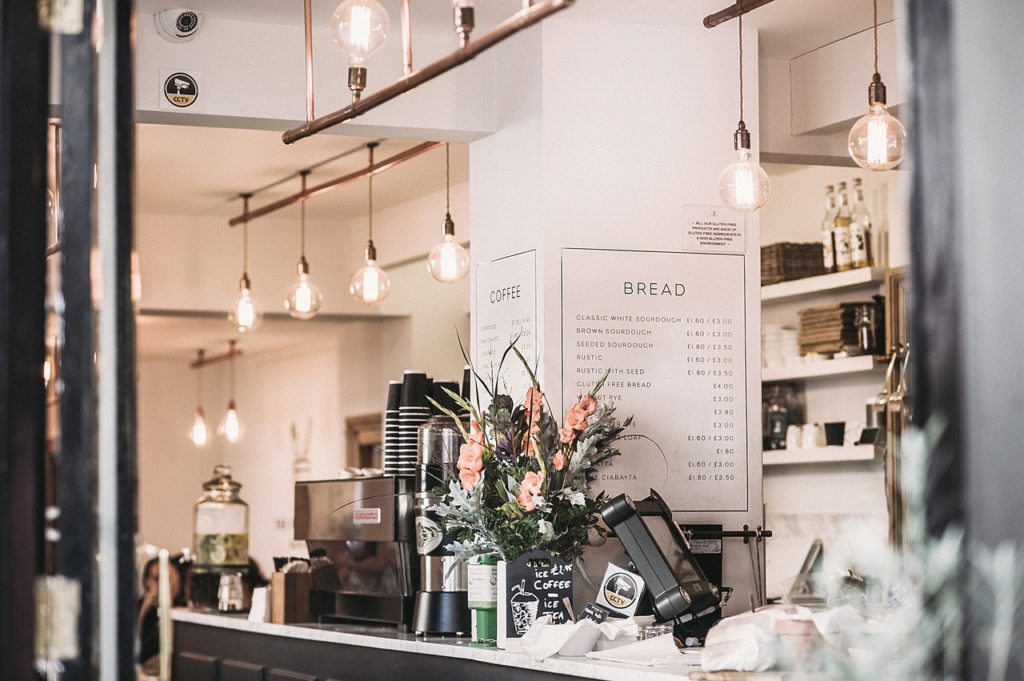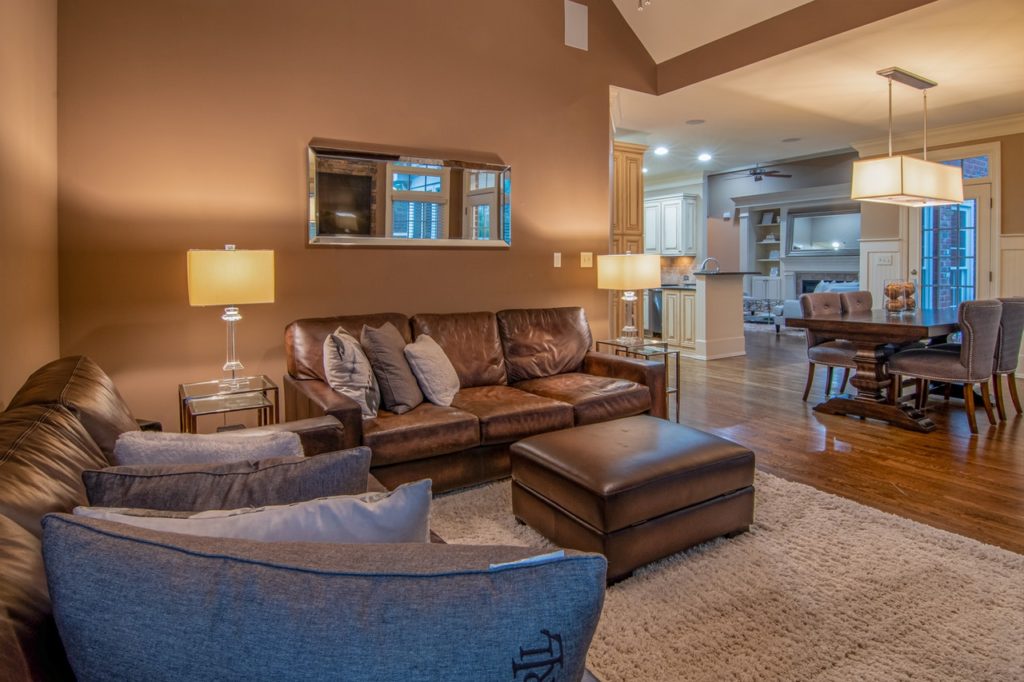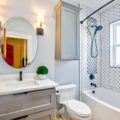Table of Contents
Light is more than something that helps us see things. It also affects our mood.
Phrases such as a dark mood and feeling in the dark or seeing the light are all references to how light influences our perception of the world.
Understanding how light works is vital for creating an inviting and cozy home.
If you want to turn your dark, dingy home into a bright, comfy haven, lighting is the key. The intelligent, cost-effective lighting system will also add real estate value to your home.
Natural light is the ideal light. It’s healthy, and the more natural light you have in your home, the better.
From bright and functional to atmospheric and moody, the type of lighting will influence the mood in your room.
Interior designers use layering of lights to great effect so we’ll walk you through the different types of lighting they rely upon right now.
The Three Types of Lighting
The three major types of lighting are:
- General lighting
- Task lighting
- Accent lighting
General Lighting
General ambient lighting is the most common type of lighting. This is the main light that brightens up a room.
Usually, with ambient lighting, you can find either canned lighting or pendant lighting.
Instead of having a single light with one bulb in the middle of the room, there are far more versatile ways of creating general lighting, though
Rather than have one light in the middle of the room casting hard shadows, multi-directional lights with four bulbs pointing in different directions diffuse these shadows.
With multi-directional lights, you can point the bulbs to light the corners. You can also shine a spotlight on a feature such as a picture or an ornament in an eye-catching theatrical way.
Accent Lighting
Accent lighting is much more decorative and adds interest to features like a fireplace or a piece of artwork.
Wall sconces can also effectively add atmosphere to a room.
Anything that adds mood, atmosphere, and pools of light is classed as accent lighting. And it’s very diverse. You can find wall lights, picture lights, table lamps, or even candles.
Task Lighting
Lighting for a particular task such as desk lighting, kitchen lighting, bedside lighting which focuses light on an area so that you can do certain tasks is also crucial in most modern homes.

Where To Put The Lights
The first thing to decide is where you want your lights. Each layer of light needs to be controlled individually.
You need to give your electrician a lighting plan so he knows exactly how you want everything laid out.
For kitchens, downlights are best as you don’t want to be casting long shadows over what you’re cutting or stirring.
For the dining area, there needs to be a mood layer – this is simply lighting that generates a cheerful atmosphere. Wall lights and table lamps are perfect for dining rooms.
Remember, though, if you’re illuminating a large dining area, use a broad spread of light rather than pinpoints.
In the living room, it’s best to use floor lamps and table lamps. These are both strong ways to provide accent lighting or task lighting.
Sconces are a way to provide accent lighting and task lighting so they’re particularly useful for bedrooms. For bedrooms, bulbs for sconces are better at around 30 lumens a square foot. So…not too bright, but not too dull either.
There are some pretty modern and attractive ceiling fan lights on the market nowadays. Todays’ designs have moved on from the garish types of ceiling fans from the 1990s. Some now also come with remote control.
Light Bulbs
When shopping for light bulbs, you used to pay attention to watts. With LED light bulbs, the lumens rating is much more relative. Lumens express the brightness of bulbs while wattage refers to how much power a bulb uses. A higher lumens count means it’s a brighter bulb and brightens up your home more.
So how do you work out how many lumens you need to lighten up your room?
For a hallway, 20 lumens a square foot is ideal. So that’s the square footage of the floor multiplied by 20 lumens.
If you want to brighten up a dining table, measure the square meter of the dining table and multiply by 30 lumens.
For task lighting you’re going to want a brighter light such as in the kitchen, the study or the garage. A ratio of 50 lumens per square foot will give you ample light to brighten up areas where you need to see what you’re doing.
Another thing to look out for is what lumens rating your fixtures are suited to. It will tell you on the side of the bulb holder the watts it can handle. Sometimes it’s 40, sometimes 60.

Smart Light Bulbs
If you really want to make a space feel special, Philips Hue Smart Lighting can be controlled with Bluetooth in-app on your phone and the lights can also change color. You might think it sounds complicated, but all you do is screw the bulb in, install the app and away you go.
The Philips smart bulb is plug-and-play in its simplicity and you don’t need to worry about any wiring or complicated systems.
If you want to create your own special mood, you can select different colors from the color wheel or pick one from the pre-settings punched in.
Another superb feature of Philips Hue Smart Lighting is that you can connect it to Amazon Alexa and ask her to set the mood. Controlling your lights hands-free adds a new layer of convenience. Pop back next week as we’ll be looking at the best smart lights you can buy in more detail.
Flush mounts work well where you have walkways underneath, kitchens, and bathrooms. They’re also ideal for tall people.

A Final Word
We hope you’ve found today’s interior design and lighting tricks have been useful and informative. We want to bring you more than just product reviews so we always make certain to pepper our content with as many informational guides as possible.
Bookmark Homendgarden as we’re regularly updating our content. Next week we’ll be taking a detailed look at the best smart lighting you can find so see you soon!

